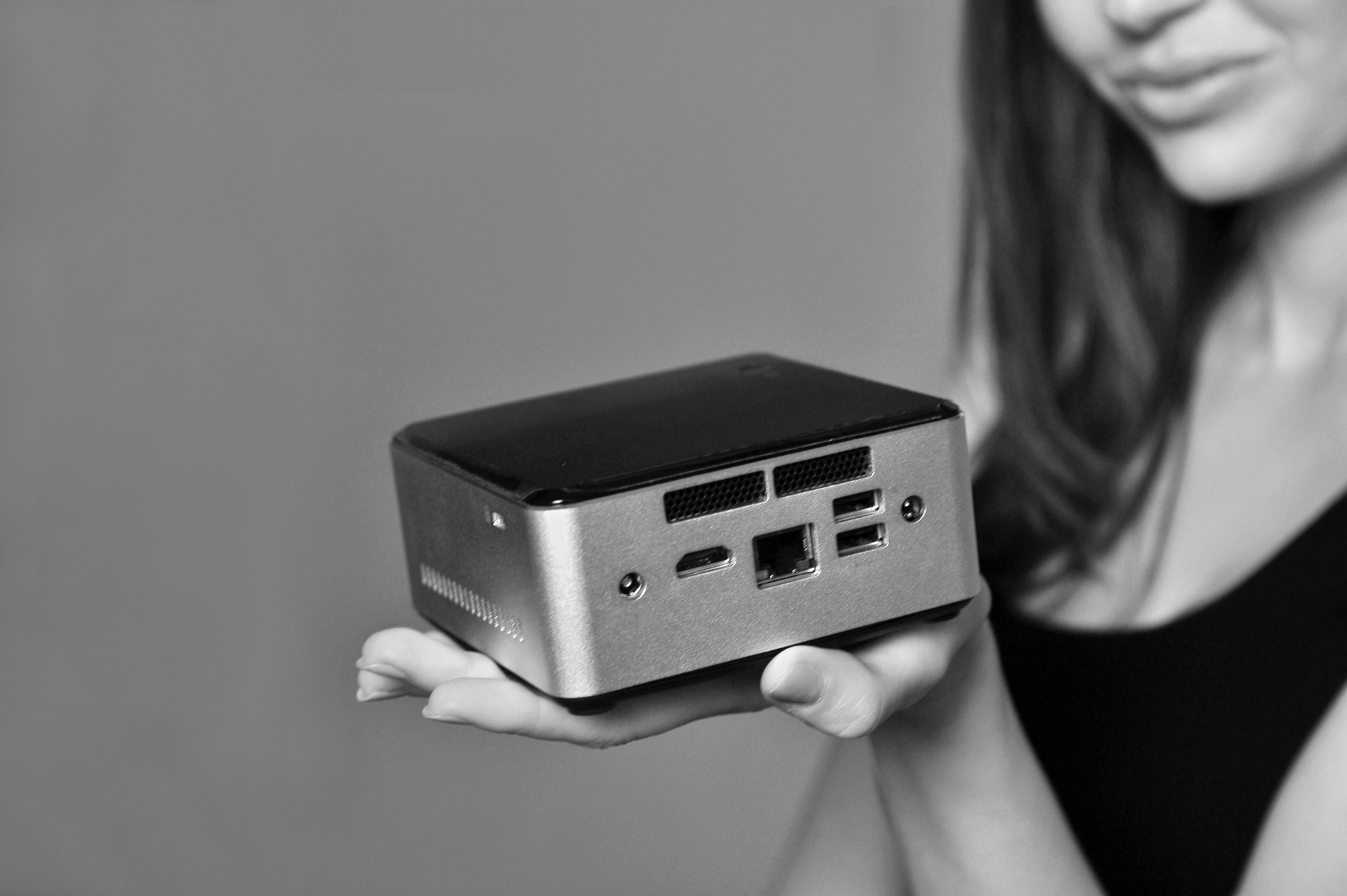Traditional signage has entered the digital era. It is time to step away from the old lackluster printed signs. Now, you want to upgrade your signage with modernized digital signage, known as digital signage players (or digital media players). Of course, you are going to have questions about these new additions to figure out whether these media players are best for your business or not.
Here is everything you need to know about digital media players, including what this technology is and what it does.
General Facts About Digital Media Players
According to several sources, digital signage is a part of advertising and marketing, but that is not very helpful, is it? The main component is the use of technology and content management systems to capture attention. Digital signage kits are also known as digital media players. The reason this is often called a kit is because you cannot just have a media player or a computer or TV monitor and call it a media player. You need other tech, as well.
There are two things you need to start using a media player: content management software (CMS) and a TV/display that you can plug the HDMI cable into.
A CMS is a kind of software that has been developed to help run on the media player and display information, such as pictures, images, video, and streamed content, such as social media updates, live news, or weather.
The media player itself is a piece of hardware. They come in various sizes, from Android-based media players that are small and handheld. Others are like a USB stick.
How To Setup Digital Media Players
Media players are very easy to set up. Excluding the computer or TV screens, you plug the media player in, connect it via HDMI to the TV or computer, and then you connect the media player to internet. Since media players are separate from your monitor, you will need to mount it to the wall or elsewhere.
Where You Store Your Digital Content
Content management systems store content either on a cloud-based database, on cached within the internet, or within the media player by itself, also known as local storage.
Digital Content And Media Players
There’s a broad variety of content that you can upload into the media player and show to your customers. Common content that you find include:
- Social media
- Websites
- News
- Weather
- Videos
- Images
- GIFs
- Animations
- and more.
How To Chose A Digital Media Player
There are a few considerations to keep in mind when you want to employ digital signage and a media player at your location. Let’s have a look:
Brightness
Depending on the atmosphere within your brick-and-mortar location or whether you are installing the digital signage player outside, you need to think about the level of brightness. Outside, you want screens that are readable in direct sunlight. In darker rooms, a screen that is too bright could lead to dissatisfaction in the customer base. Finding balance is important.
Weatherproof
Menu boards need a level of weatherproofing. Boards that are outside will be more affected by weather than those indoors. However, having some weatherproofing on your indoor menu boards can be beneficial as well. Waterproofing, for one, can protect against rain or spills, depending on where the board is located.
Preferences
Advances in technology have made menu boards more and more popular. That means you can choose a digital menu player according to your own preferences—sizes, colors, style, shape, and so on. You can also choose according to pixels, resolution, and refresh rate.
Screen Size and Type
Screen size and type can change the look and experience. Think about the number of items you will be displaying, where the screen is going to be located and how far those monitors are from the viewer, as well as available wall space.
You can also choose between different screen types, such as LCDs or LEDs. LEDs are the best, because they use less electricity, generate less heat, and are lightweight, which makes installation quicker.
Conclusion
Any TV or computer that you see can turn into digital signage if you have a digital media player. That is why you will see digital signage everywhere—restaurants, airports, lobbies, directories, stadiums, and even brick-and-mortar small businesses. Hopefully, the information in this article has helped you decide whether digital signage is right for you and how to find a media player, as well.
If you have any questions you need answered or want added to this list, don’t hesitate to reach out.
Are you ready to purchase a media player? Want to request a quote for digital signage? Fill out the contact form for more information today.


